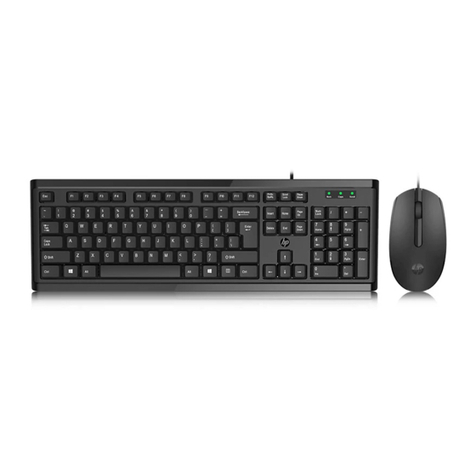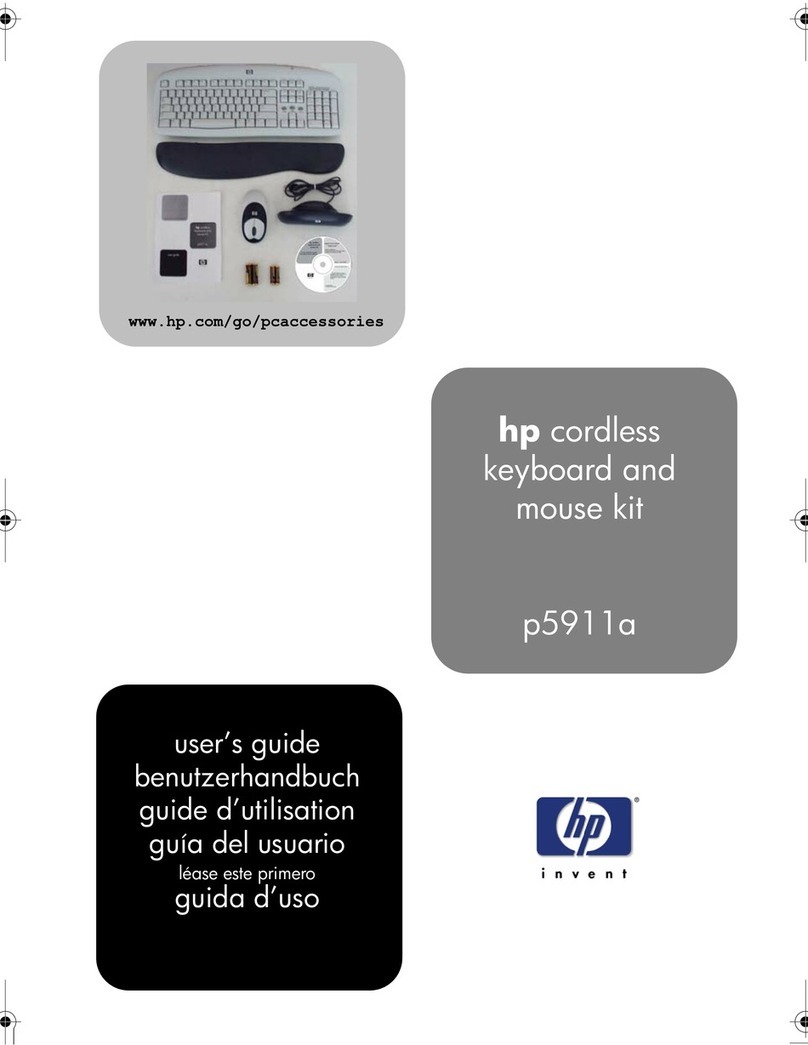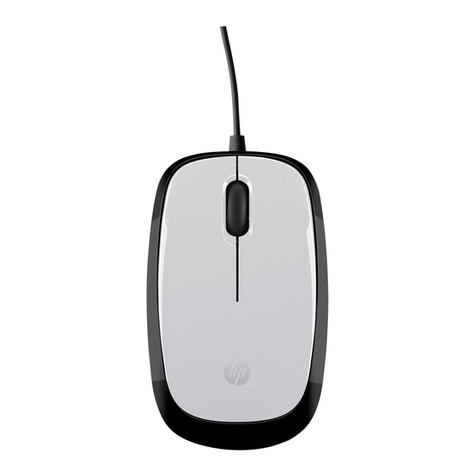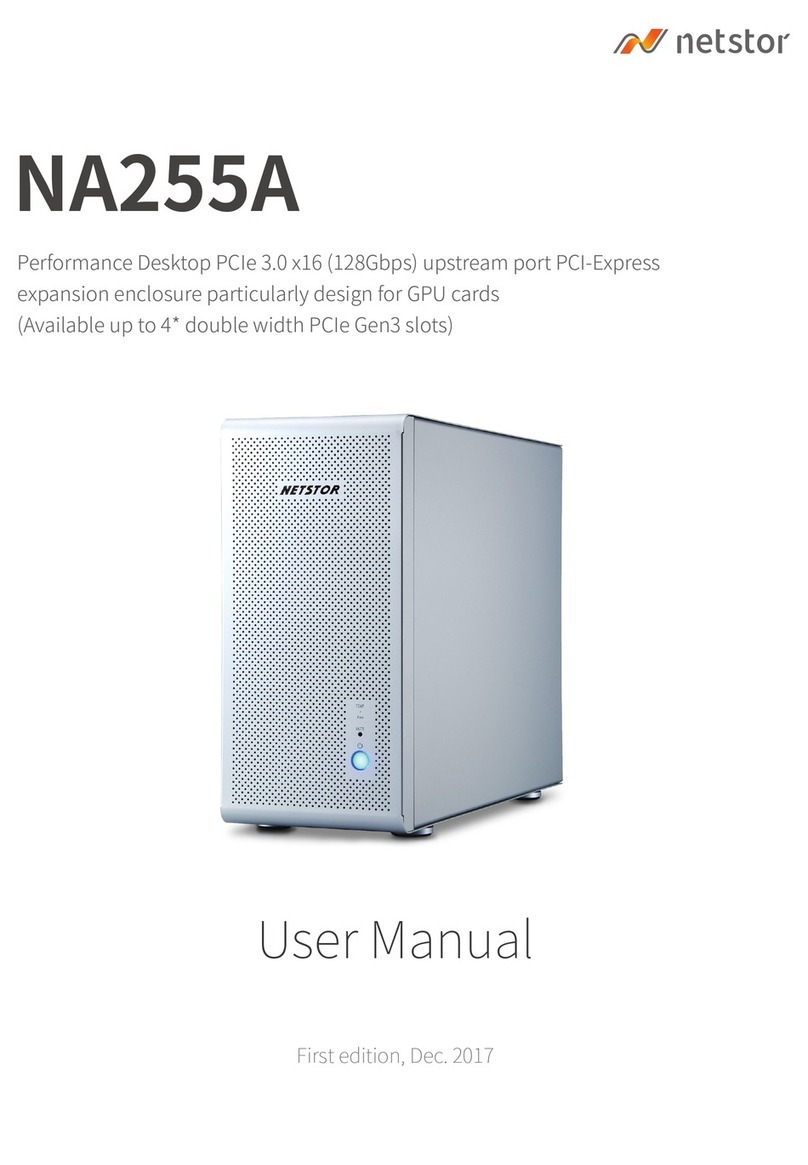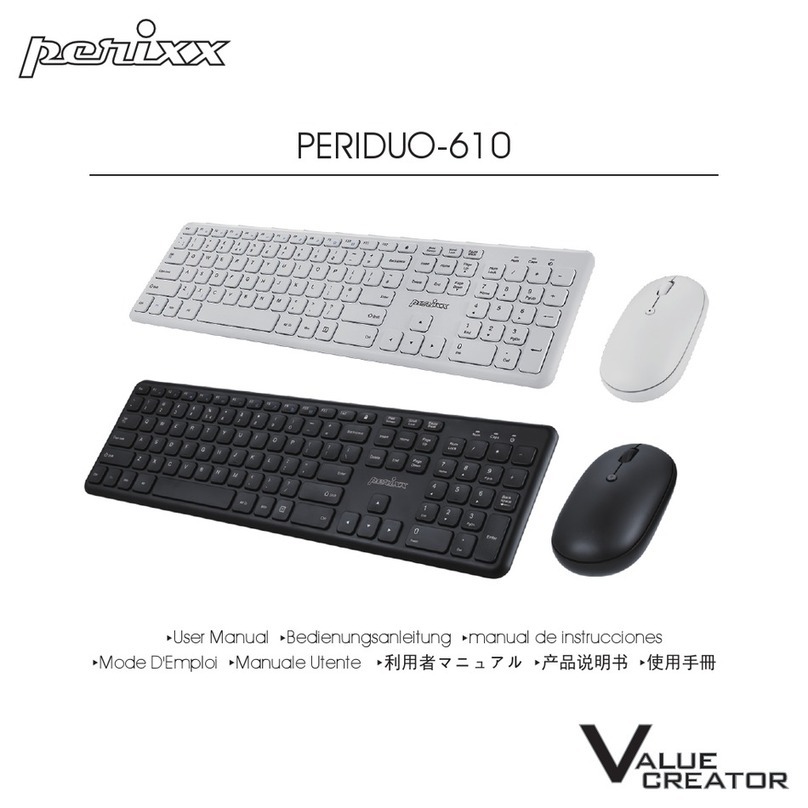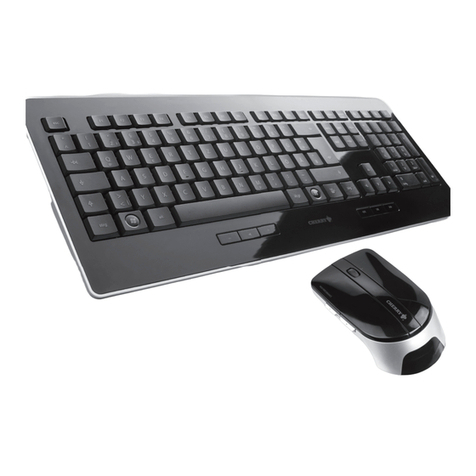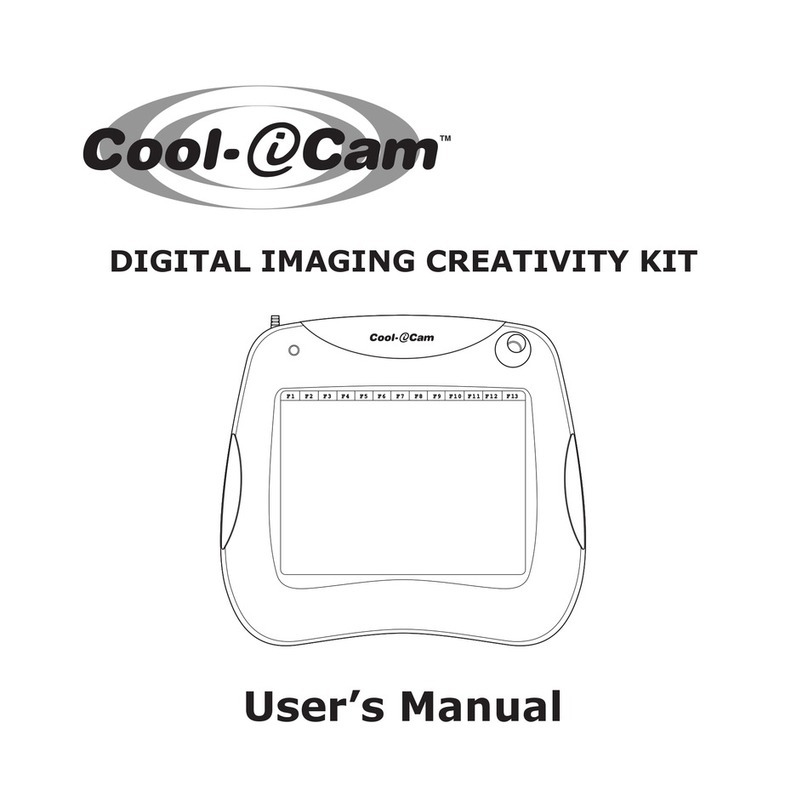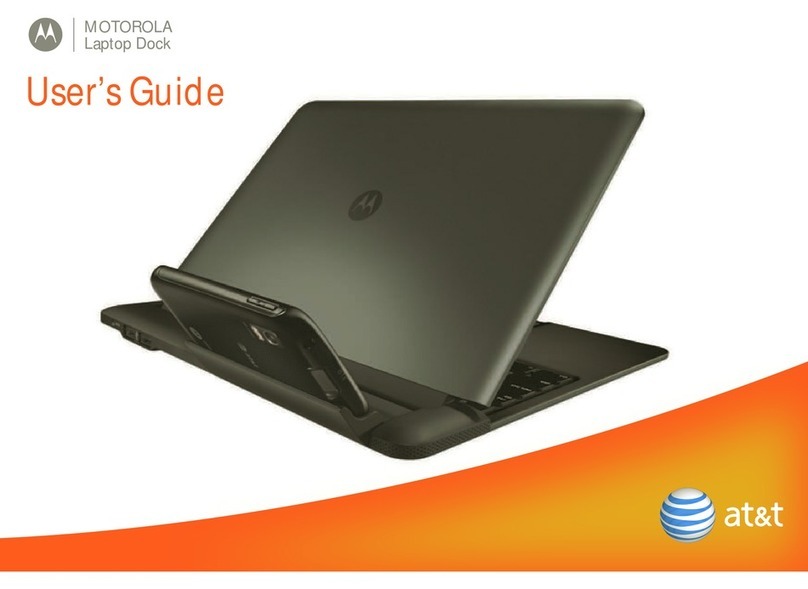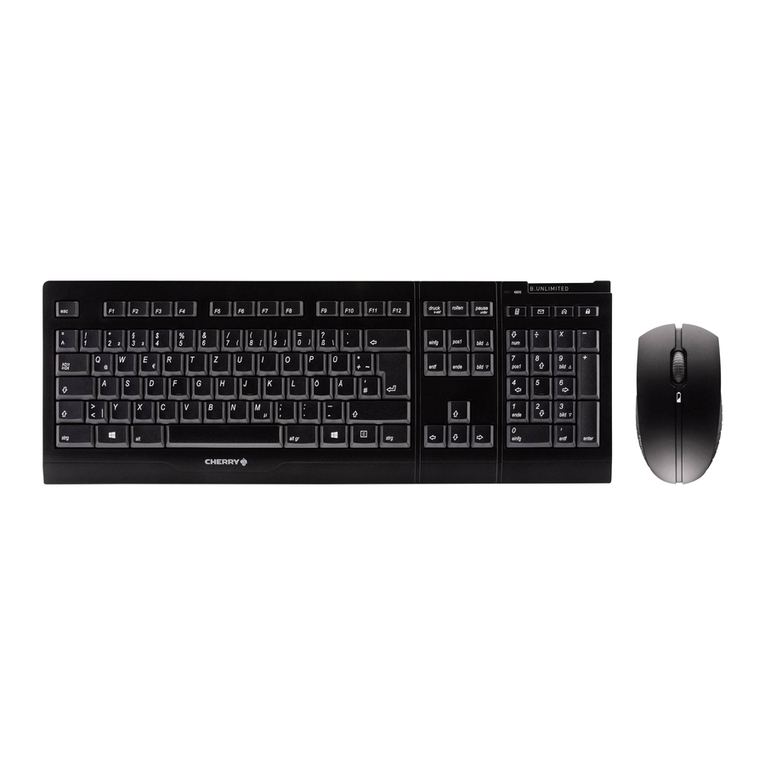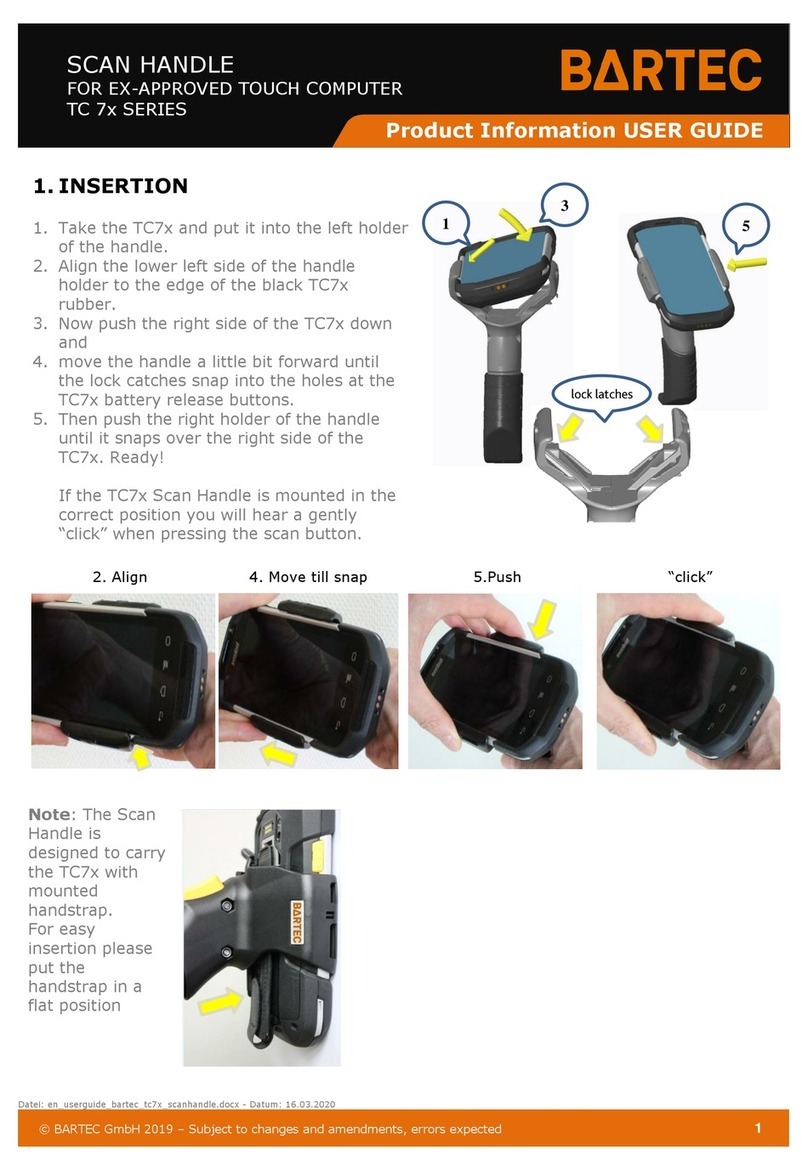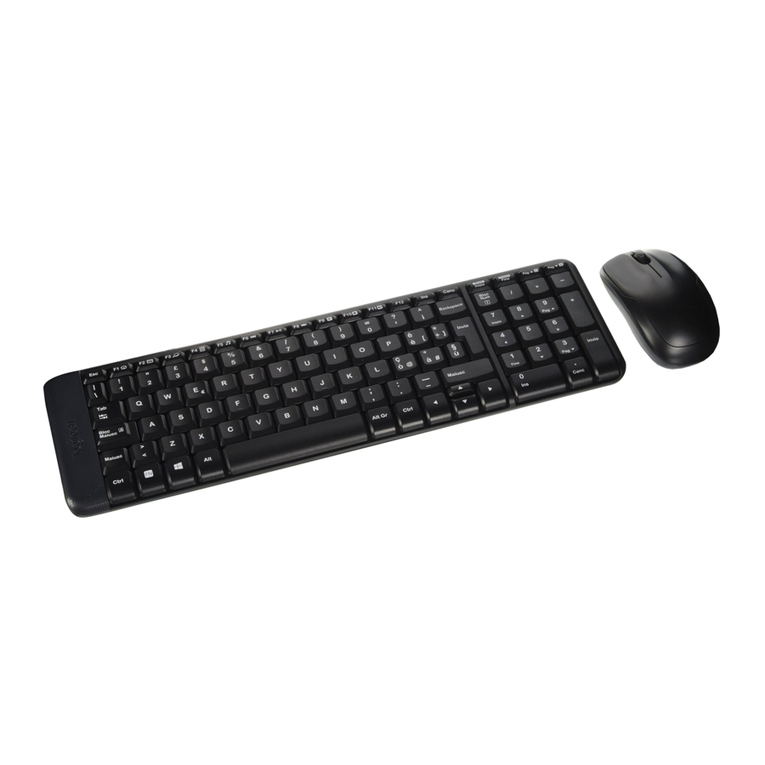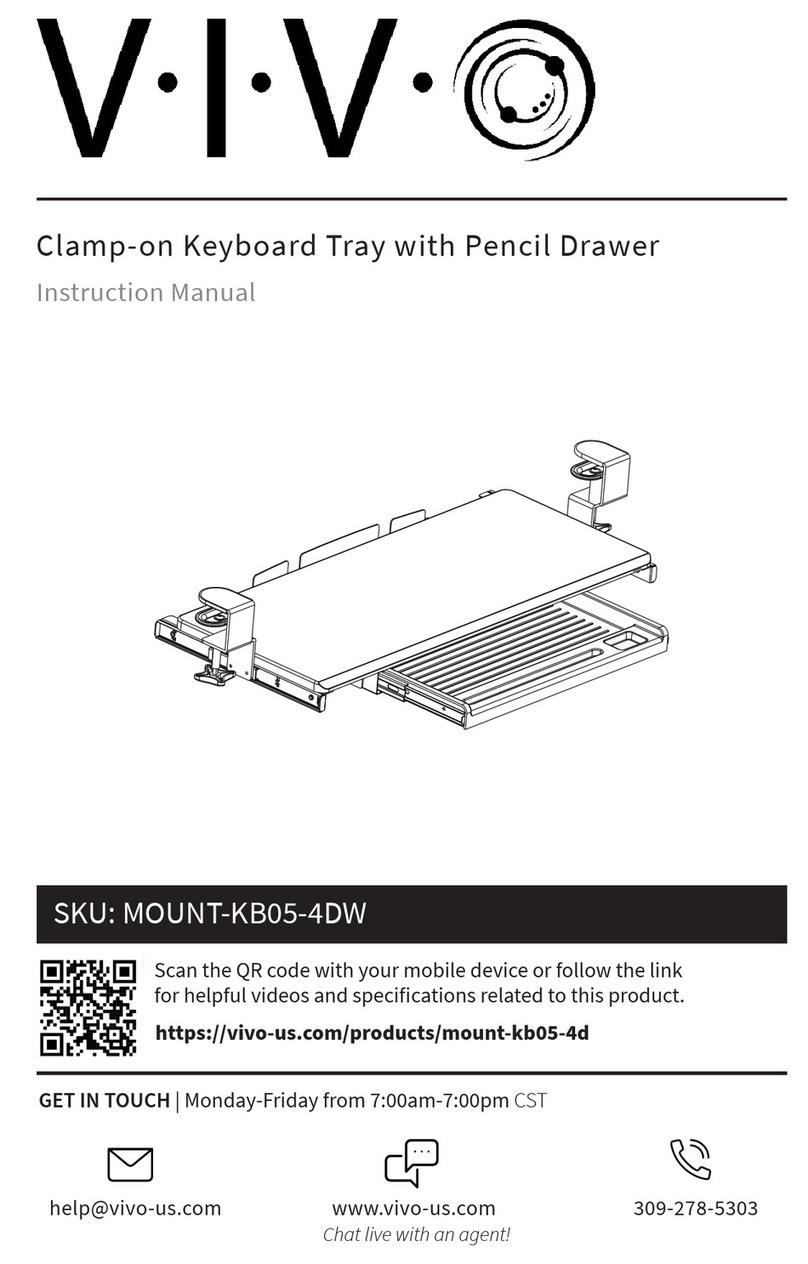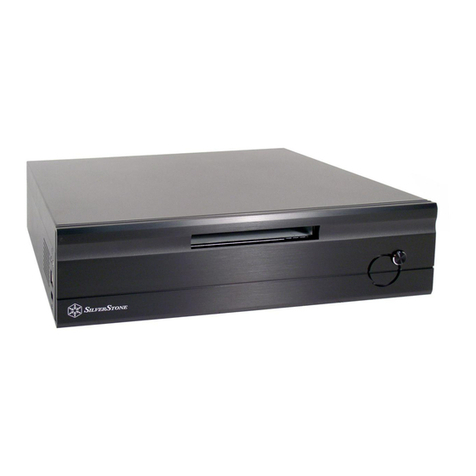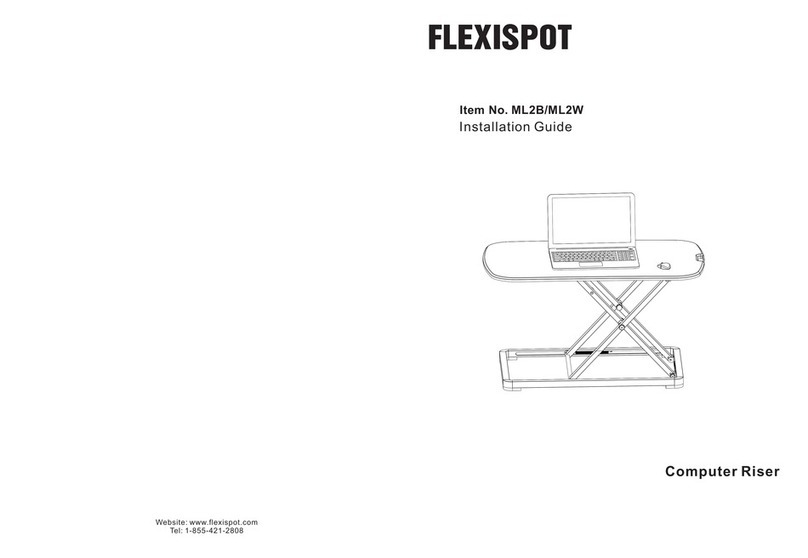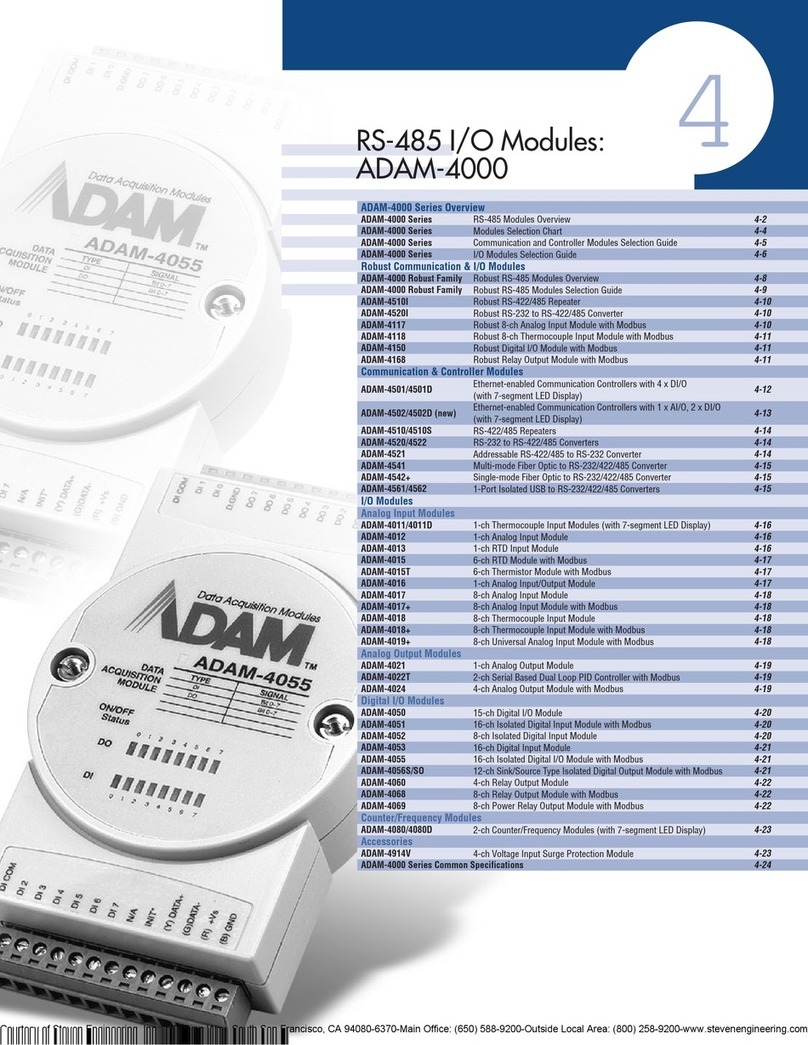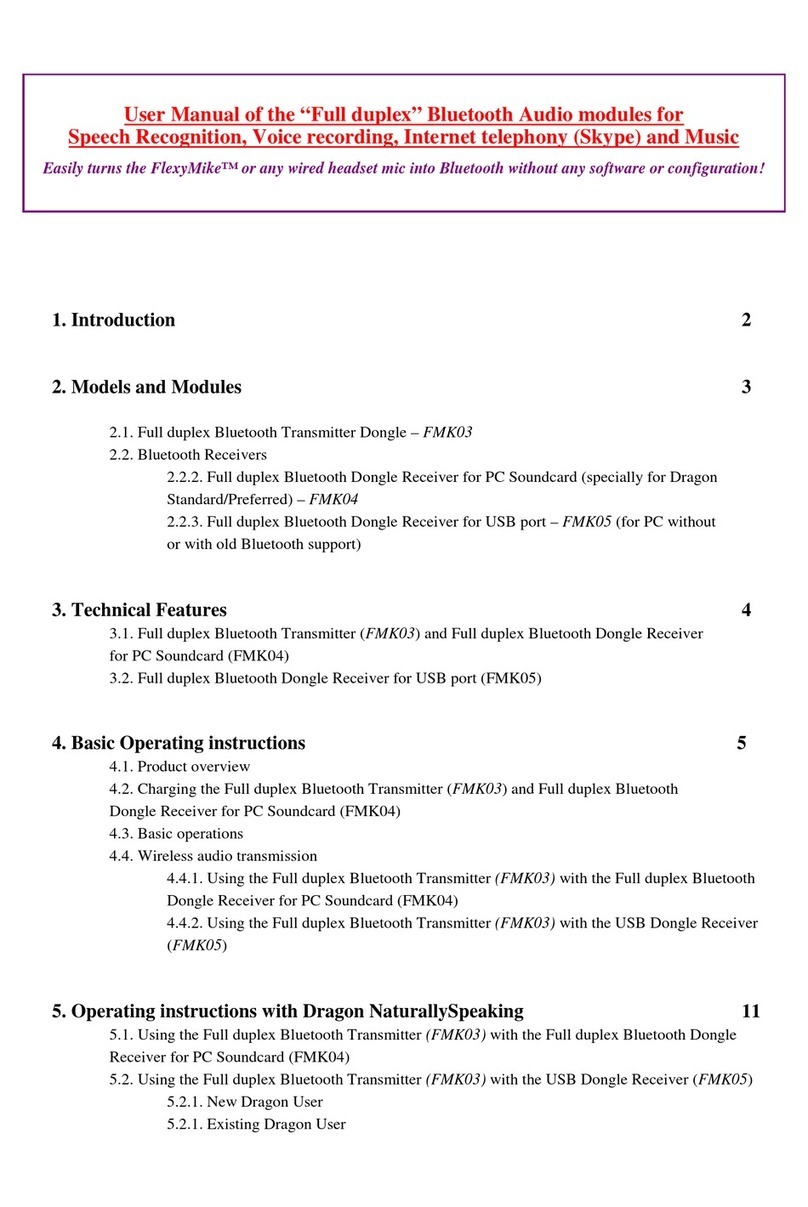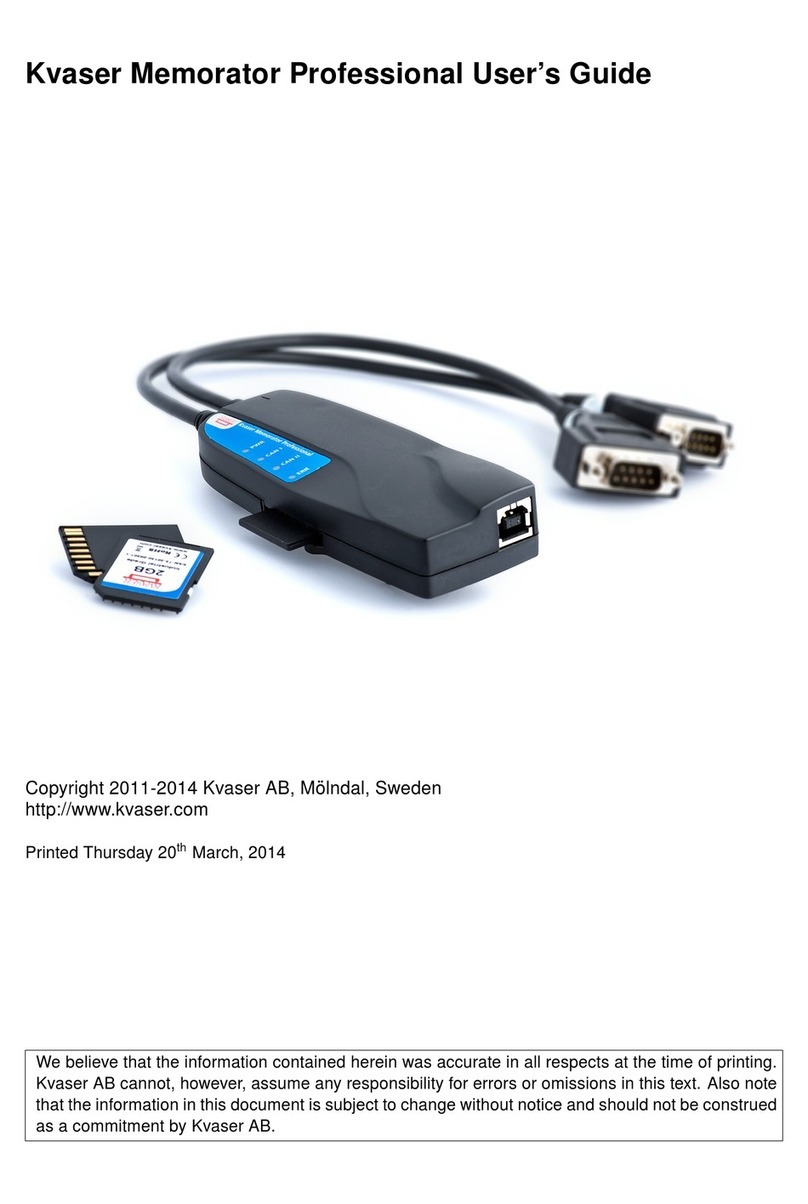HP 68000 Series User manual
Other HP Computer Accessories manuals
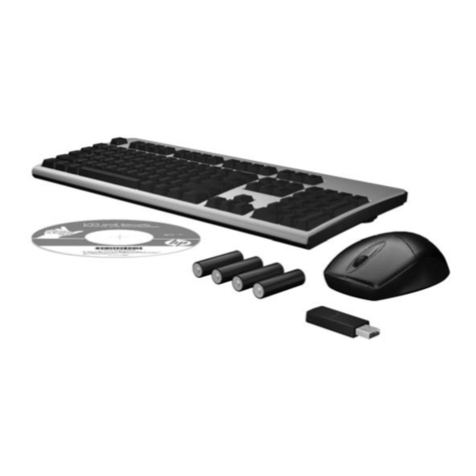
HP
HP MG-0133 User manual
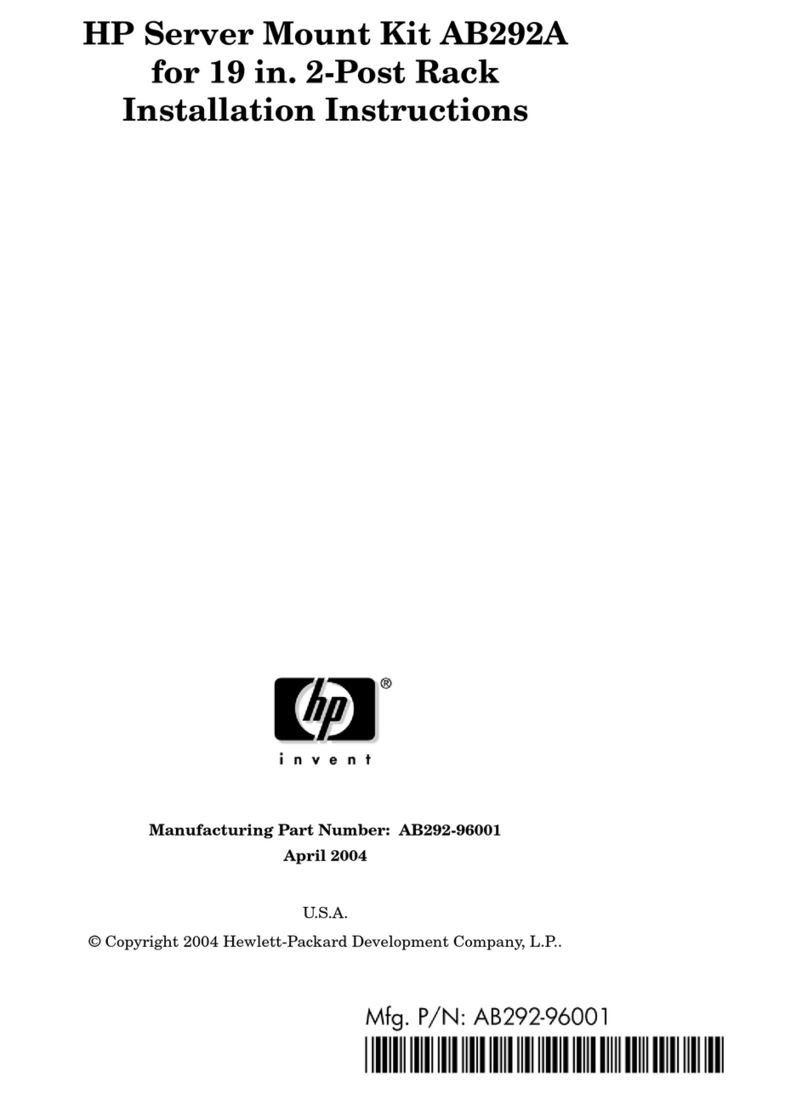
HP
HP Integrity cx2600 User manual
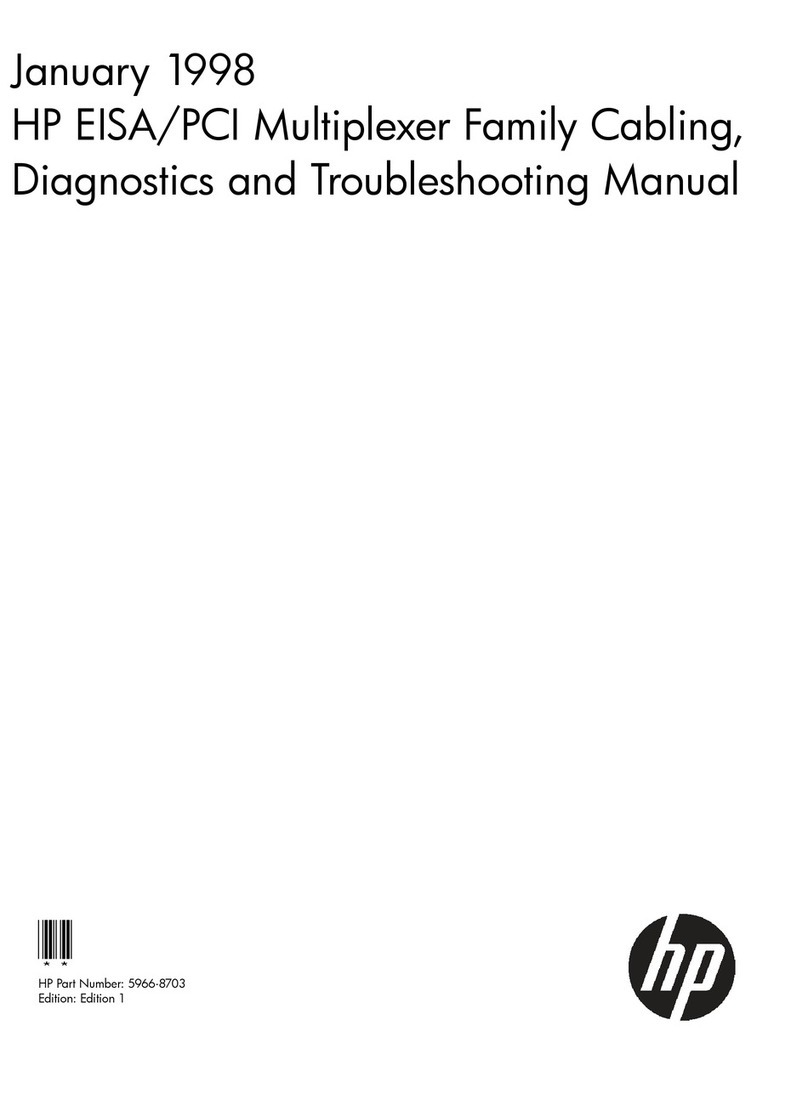
HP
HP EISA/PCI Multiplexer User manual
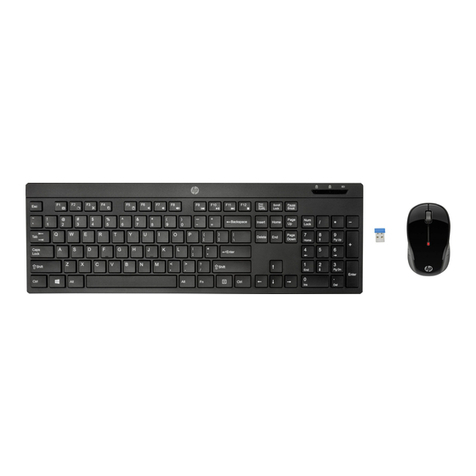
HP
HP HSA-D01K User manual

HP
HP Xw6200 - Workstation - 2 GB RAM User manual

HP
HP FQ481AA - Wireless Elite Desktop Keyboard User manual

HP
HP XB4000 User manual

HP
HP Pavilion Slimline s3000 - Desktop PC User manual

HP
HP x4500 Specification sheet

HP
HP QY449AA User instructions

HP
HP 463777-001 Manual
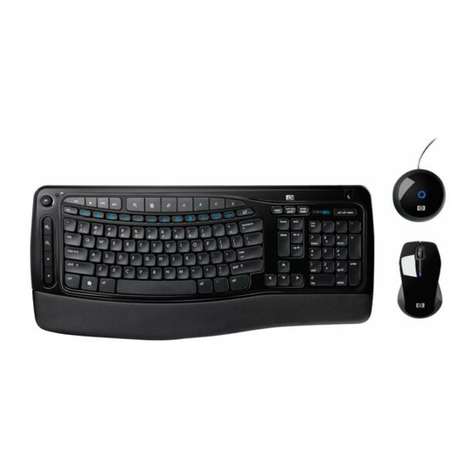
HP
HP FQ481AA - Wireless Elite Desktop Keyboard User manual

HP
HP 5219URF Instruction Manual
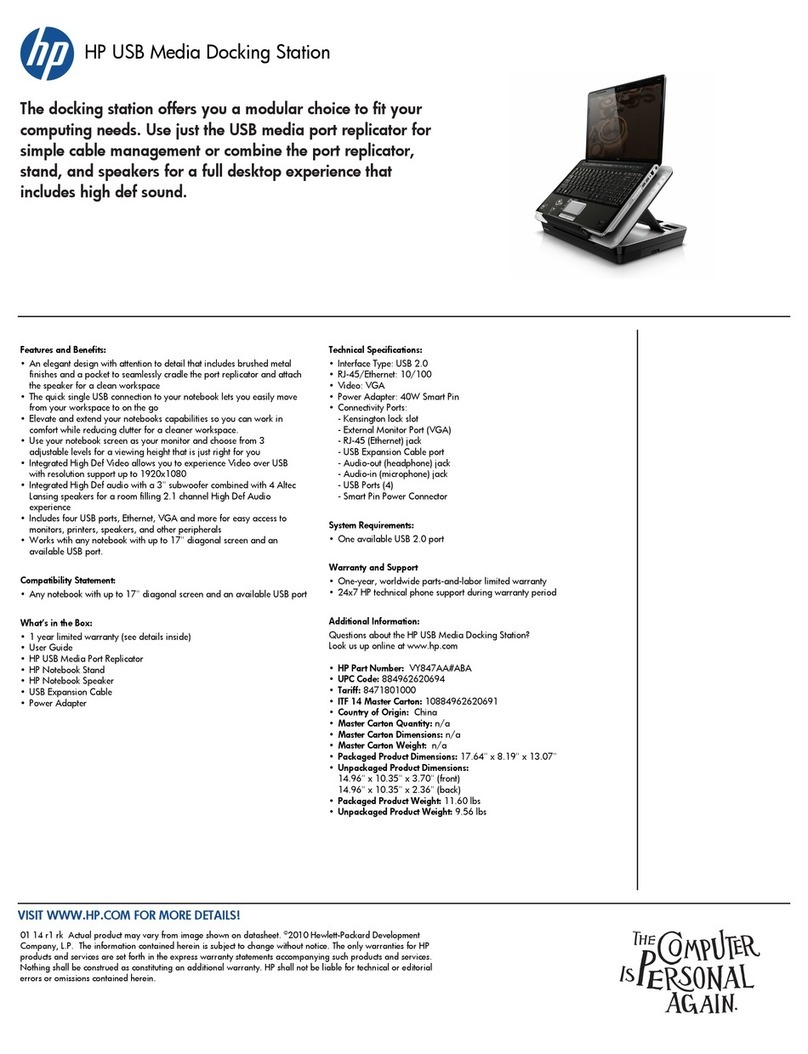
HP
HP USB Media Docking Station User manual
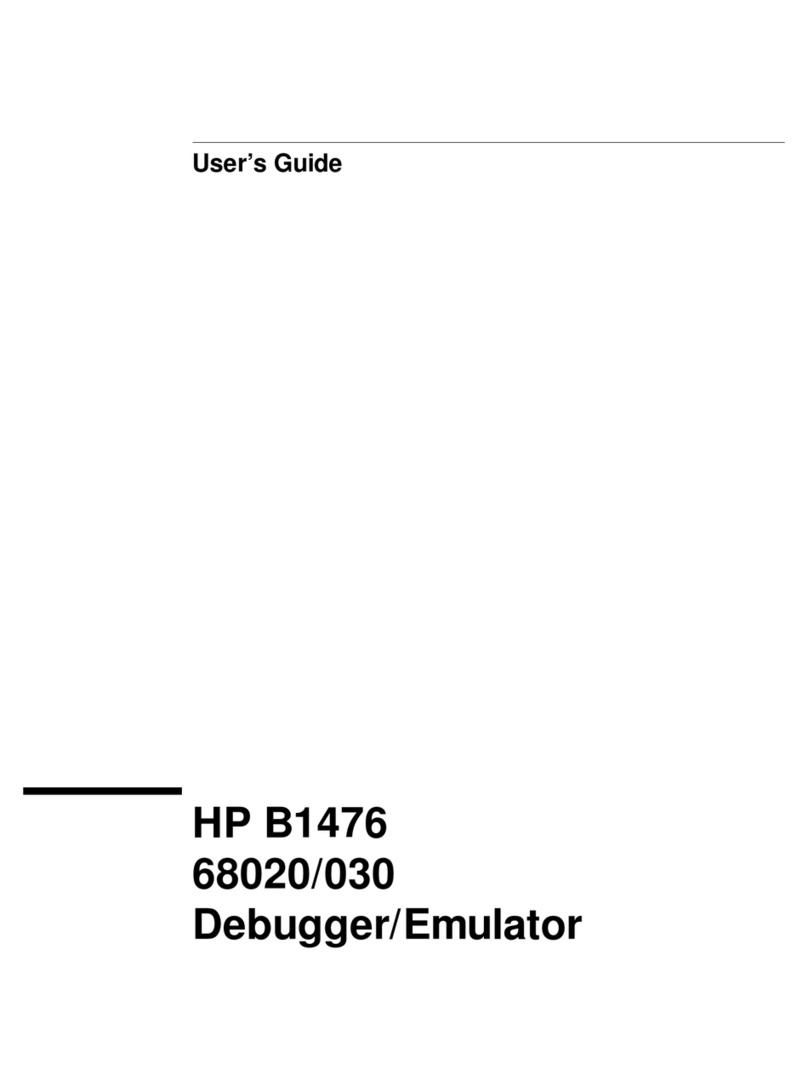
HP
HP B1476 68020 User manual
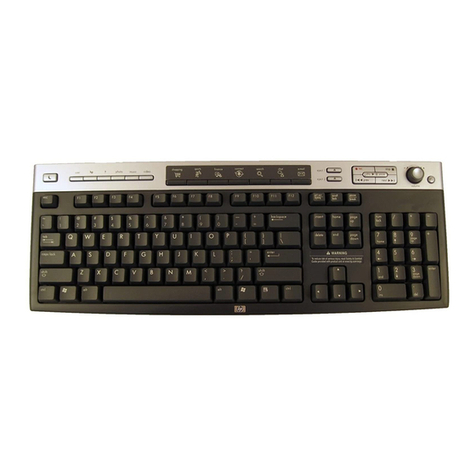
HP
HP 5219URF Instruction Manual
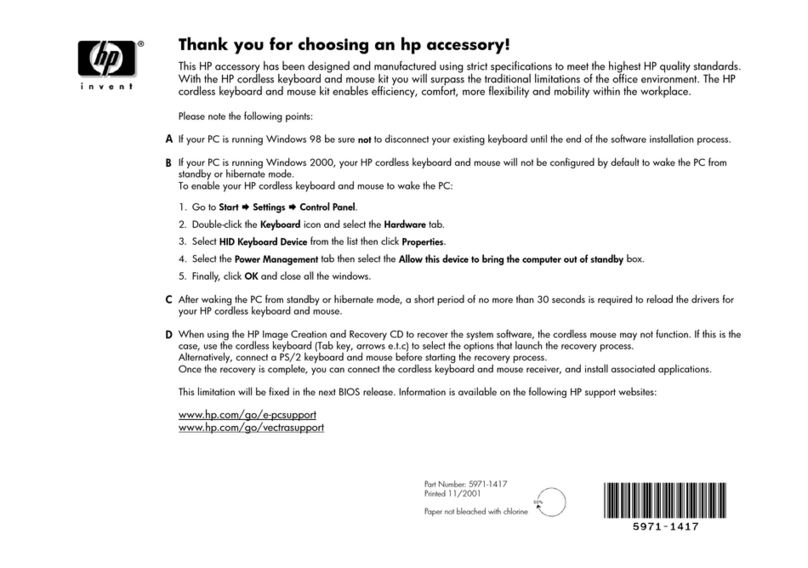
HP
HP P5911A - Cordless Keyboard And Mouse User manual

HP
HP 98568A User manual
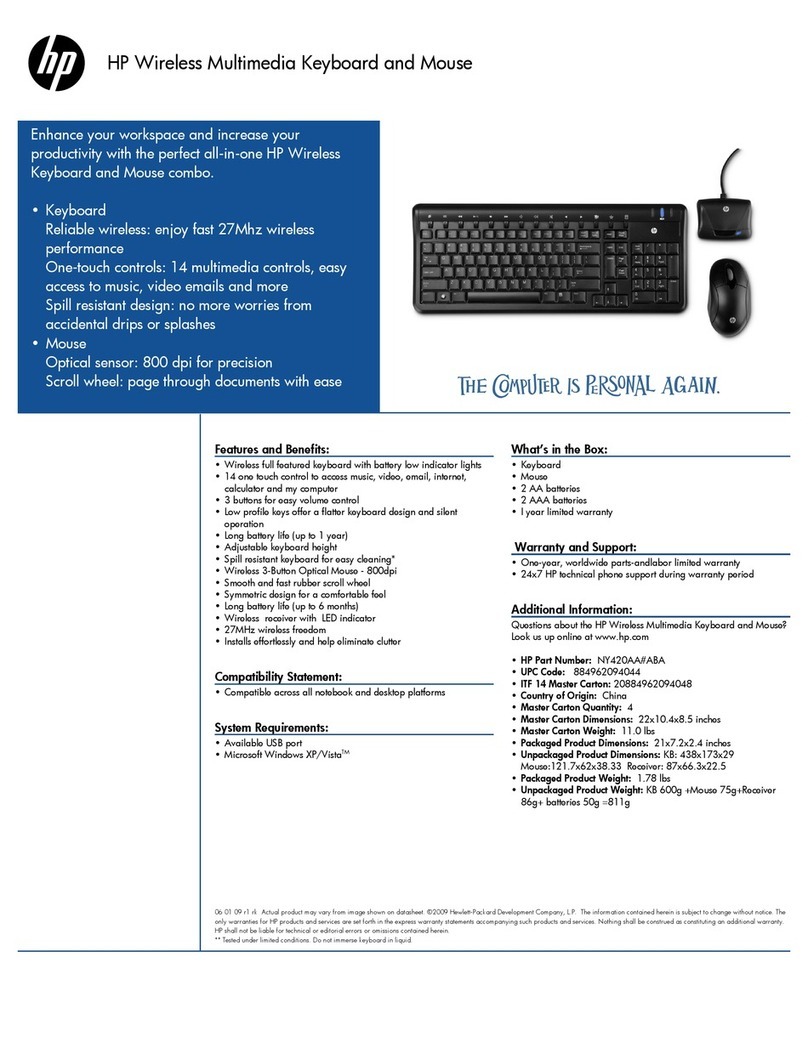
HP
HP GM322AA - Wireless Multimedia Keyboard User manual

HP
HP P1553A User manual
